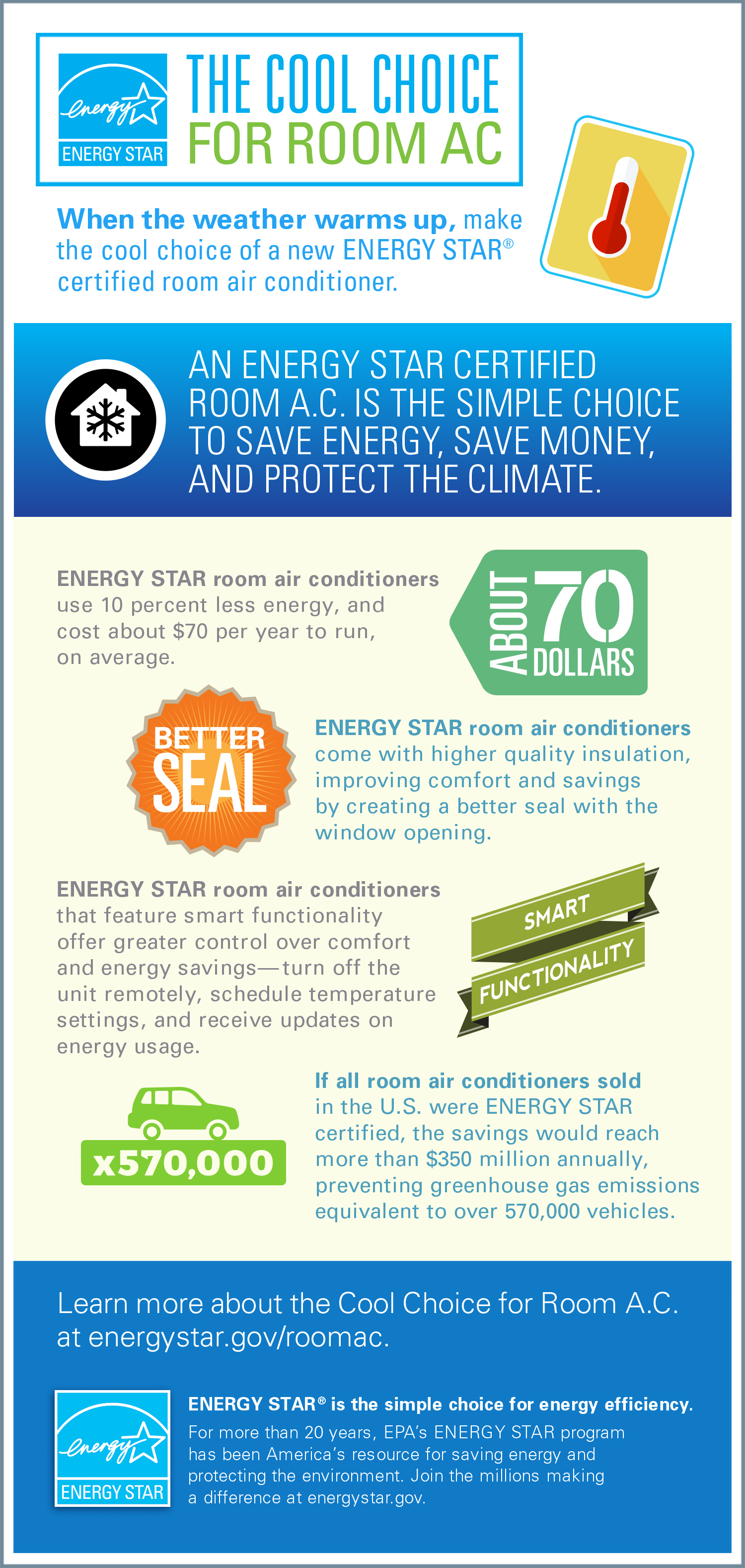The Ultimate Overview To Recognizing Warm Pumps - Just How Do They Work?
The Ultimate Overview To Recognizing Warm Pumps - Just How Do They Work?
Blog Article
Created By-Steenberg Hanna
The very best heatpump can save you significant amounts of money on power costs. They can also help reduce greenhouse gas discharges, particularly if you use electrical energy instead of fossil fuels like lp and home heating oil or electric-resistance heaters.
Heatpump work quite the same as ac unit do. This makes them a feasible choice to standard electrical home heater.
Exactly how They Work
Heat pumps cool homes in the summer season and, with a little help from electrical energy or natural gas, they provide a few of your home's home heating in the winter. They're a good option for individuals that intend to lower their use nonrenewable fuel sources yet aren't ready to change their existing heating system and cooling system.
They count on the physical truth that also in air that appears too cold, there's still power existing: warm air is always relocating, and it wishes to move right into cooler, lower-pressure atmospheres like your home.
A lot of power STAR licensed heatpump run at near to their heating or cooling capacity throughout a lot of the year, decreasing on/off cycling and saving power. For the best performance, focus on systems with a high SEER and HSPF score.
The Compressor
The heart of the heat pump is the compressor, which is likewise referred to as an air compressor. This mechanical flowing gadget utilizes possible energy from power production to increase the stress of a gas by decreasing its volume. It is various from a pump because it just services gases and can not work with liquids, as pumps do.
https://news3lv.com/news/local/as-nevada-gas-prices-keep-hitting-records-aaa-offers-money-saving-tips gets in the compressor through an inlet shutoff. It travels around vane-mounted arms with self-adjusting length that split the interior of the compressor, developing several tooth cavities of differing size. The blades's spin pressures these dental caries to move in and out of phase with each other, pressing the air.
whole home ventilation reels in the low-temperature, high-pressure refrigerant vapor from the evaporator and presses it right into the hot, pressurized state of a gas. This process is repeated as needed to supply home heating or air conditioning as called for. The compressor additionally has a desuperheater coil that reuses the waste warmth and adds superheat to the refrigerant, changing it from its fluid to vapor state.
The Evaporator
The evaporator in heat pumps does the exact same point as it carries out in refrigerators and a/c, changing fluid refrigerant into a gaseous vapor that eliminates warm from the room. Heat pump systems would not function without this important piece of equipment.
This part of the system lies inside your home or building in an indoor air handler, which can be either a ducted or ductless device. It contains an evaporator coil and the compressor that compresses the low-pressure vapor from the evaporator to high pressure gas.
Heat pumps soak up ambient warmth from the air, and after that utilize electrical energy to move that warm to a home or service in home heating setting. supplemental resources makes them a whole lot more power effective than electric heating systems or furnaces, and because they're utilizing clean power from the grid (and not melting gas), they additionally create far fewer discharges. That's why heatpump are such terrific ecological options. (In addition to a massive reason why they're coming to be so preferred.).
The Thermostat.
Heat pumps are wonderful choices for homes in cool environments, and you can utilize them in combination with traditional duct-based systems and even go ductless. They're a fantastic alternative to fossil fuel heater or conventional electrical furnaces, and they're extra lasting than oil, gas or nuclear heating and cooling devices.
Your thermostat is the most important component of your heat pump system, and it works extremely differently than a conventional thermostat. All mechanical thermostats (all non-electronic ones) work by utilizing substances that alter dimension with boosting temperature level, like coiled bimetallic strips or the broadening wax in an automobile radiator valve.
These strips include two different kinds of steel, and they're bolted together to create a bridge that finishes an electric circuit attached to your a/c system. As the strip obtains warmer, one side of the bridge broadens faster than the other, which causes it to bend and signal that the heating system is required. When the heat pump remains in home heating setting, the reversing shutoff turns around the flow of refrigerant, to ensure that the outdoors coil currently works as an evaporator and the interior cyndrical tube ends up being a condenser.